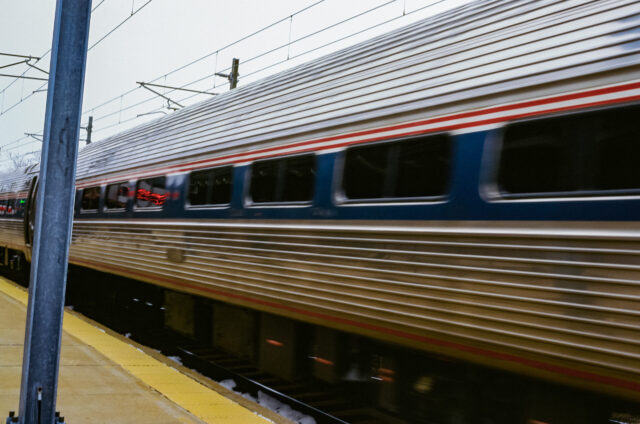
Remote control locomotives are trains that can be operated by a railroad worker (i.e., a remote control operator) who is not physically in the locomotive cab. This essentially works with a handheld transmitter that sends signals to a microprocessor on the locomotive, which may dictate acceleration, deceleration, and direction. From one vantage point, remote control locomotives may be safer, as they may prevent switching accidents common within the railroad industry. But from another perspective, it may be argued that without the active presence of railroad workers, passing pedestrians may get catastrophically injured should something go awry. With both views considered, please continue reading to learn the potential accidents with remote control locomotives and how one of the experienced railroad switching injury lawyers at Hildebrand McLeod & Nelson LLP can help if you happen to get injured.
What are the safety statistics on remote control locomotives?
In 2004, the Federal Railroad Administration (FRA) issued an audit of remote control locomotive operations. Here, data proved that fewer railroad accidents occurred and thereby fewer railroad workers incurred injuries. Specifically, between May 1, 2003, and November 30, 2003, the remote control locomotive accident rate was 13.5 percent lower than that for conventional switching operations. Further, railroad worker injury rates were found to be 57.1 percent lower.
Essentially, the FRA cited that human error was almost always the cause of such accidents. What’s more, the Administration claimed that malfunctions with the technology rarely, if not ever, occur.
What are the potential pedestrian accidents with remote control locomotives?
To reiterate, while railroad workers may be safer with remote control locomotives, the same may not be said for passing pedestrians. For example, without an on-site operator, there may not be anyone to monitor whether passing pedestrians are on the tracks or too close to them. A passing pedestrian may be understandably unaware of an incoming locomotive, as these may not have the same audible warning signals as a traditional train. So, a remote control operator may have a more delayed reaction time to initiate braking than if an operator was directly present in the cab. In the end, a collision and injuries may ensue.
We understand the argument that railroad companies are fostering remote control locomotives to substitute having to pay railroad workers with low-cost technology. In other words, sometimes railroad companies are negligent in prioritizing meeting their bottom line instead of ensuring the job stability of railroad workers and the safety of passing pedestrians. Ultimately, the combination of fewer railroad workers on site and imperfect remote control technology may lead to devastating, if not deadly, results. We wish to hold these negligent railroad companies accountable alongside you in a legal claim.
At Hildebrand McLeod & Nelson LLP, we share the same goal as you, which is likely to achieve recovery from your injuries and damages. So please do not hesitate to work with one of the skilled railroad crossing accident lawyers from our firm today.


